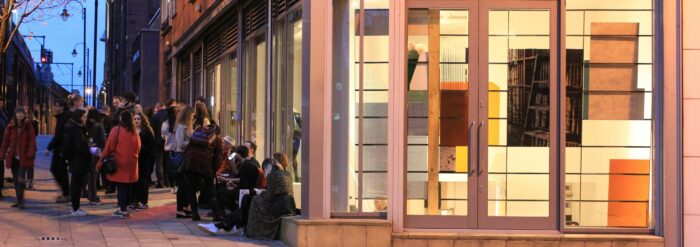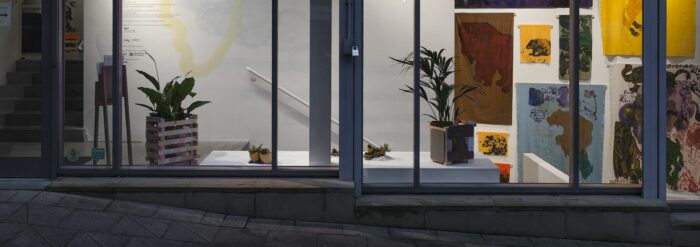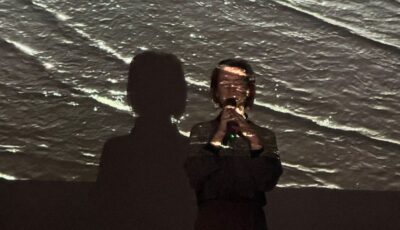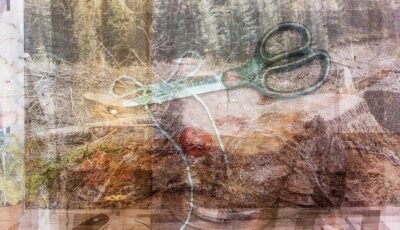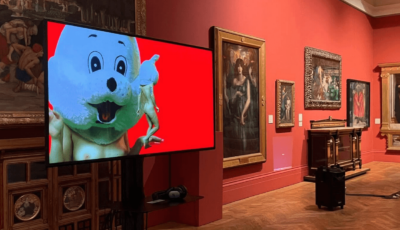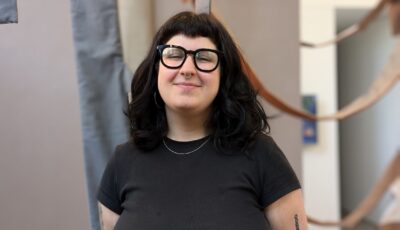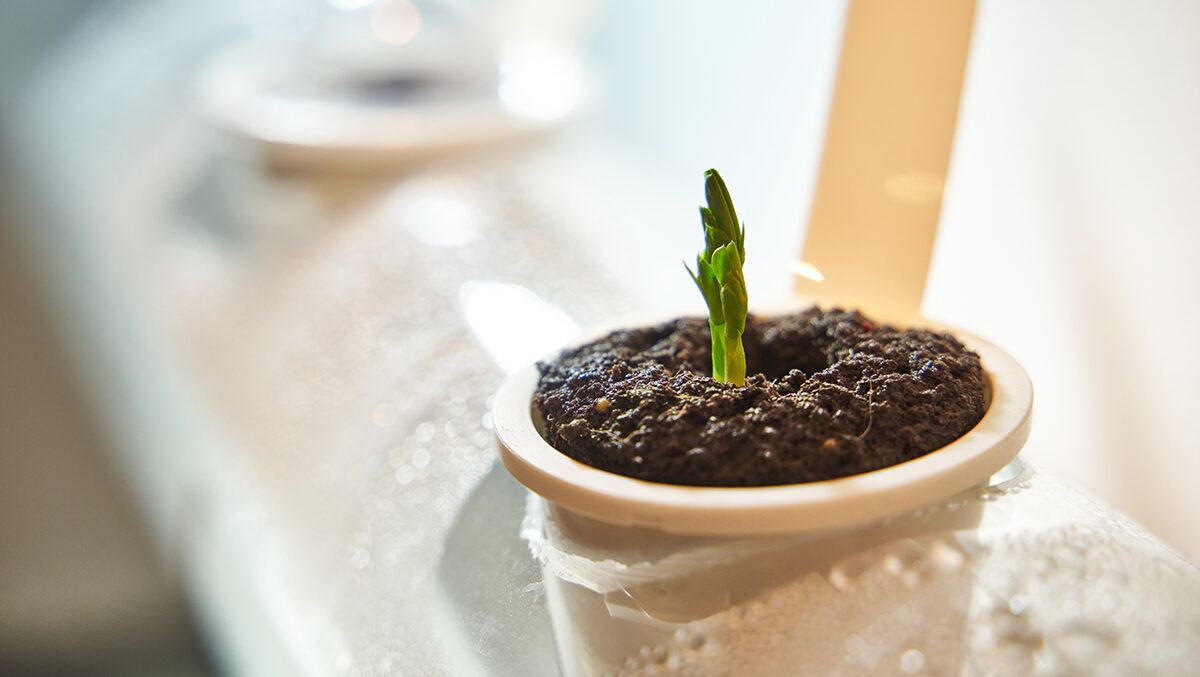
Spotlight: Artists and Sustainability – Thomas Dukes
Posted on 10 May 2023
This month, in our Spotlight – Artists and Sustainability series, where we usually ask artists to share their work and thoughts on how it might relate to climate change, we have decided to ask curator Thomas Dukes for his contribution.
In what ways do you feel your work might relate to issues of climate change and sustainability, in the content of the work, its narrative, conceptually or theoretically. How might it speak to or challenge public discourse?
Right now, my focus is on developing research into the constitution and application of archives in galleries through a curatorial methodology. I work through commissioning artists, exhibition making, research workshops, and events. And whilst climate change isn’t the subject of my activity, I feel that it is inseparable from how I work.
My work and climate change are bound together with questions of use and re-use, consumption and sustainability, finance and access. From working with artists to look at the materials of the gallery and how they might be repurposed, to reimagining the spaces in which Castlefield Gallery grows with their community of artists, visitors, students and friends.
My passion for reimagining archives, and drive towards sustainable practice, entwine through Donna Haraway’s ideas of ‘Compost’. That a new way of connecting with one another together, of telling stories and making new worlds, is necessary for our species to not only culturally thrive, but to survive. How and what we compost matters.
For example, in Archives at Play (2022), the artists Gregory Herbert and Yan Wang Preston had installations that overlapped each other – physically and conceptually. They both worked with plants, through installation and photography, talking about the legacy of colonial botany, and the possibility of something new growing in an old system. Or how Kelly Jayne Jones brought objects from the corners of the gallery storerooms out into the exhibition space, imagining an archaeological dig of the gallery! Both feel like they spring from a type of ecological and theoretical composting.
With regards the materials, processes and techniques you use to produce your work, are there any practical decisions you make with regards climate change and sustainability
Yes loads! Ok, thanks for bearing with me through the theory – now we can address how it’s the very practical nature of working with Castlefield Gallery that allows for more sustainable practice to take place. The size and the culture of the gallery means that the team can genuinely prioritise making sustainable decisions. None of the theories or good intentions would work without being applicable practically through a team culture.
Let me give you an example – having a close relationship with the supplies of the gallery, and with the artists and the technicians, means we can reuse materials from timber to technology at a far greater extent than other institutions. Resources of space and money are tight, so decisions about what to purchase need to have a strong long-term use case.
And another – I work with artists who are based in the region, as has been the driving motivation of Castlefield Gallery since the beginning. This means no shipping crates of work across oceans, or flying back and forth for studio visits. It’s me, on Northern Rail, going to the Castlefield Gallery New Art Space in Wigan – that’s where I was going to see Anna FC Smith, who features in Archives at Play 2.
In general, how do you feel galleries, art spaces, artworks and artists might be able to contribute? What if any role do you feel they can play in a progressive conversation?
If I look around, I’m concerned that galleries and art spaces are prioritising a model of cultural experience tourism that can’t be part of a genuinely progressive conversation on climate change. Models that rely heavily on economies of high volumes of visitors and large scale projects involving ‘one-off’ activities. Perhaps they’re pushed into this model because of the funding situation. This model comes with a high cost of resource use, and a need to generate more audience through jumping to whatever is trending at the time.
But I’m certainly not pessimistic – the above kind of culture doesn’t make for rich compost. Instead, I see subcultures, spaces and individuals who contribute to tackling climate change (in subject and approach) through far more transparent, more decentralised and networked means. I know that it’s becoming more difficult for spaces to grow in the cracks of cities, but that doesn’t stop people making a space they believe in – whether that’s further out of city centres, or online, or more distributed.
Are there any tips or advice, anything you have learnt you might want to share with other artists or our audiences.
Yes. If you put out roots where you work, you’ll want to maintain the relationships and spaces you work in. You’ll treat others with respect and in turn, they should respect you. In this way, you are making-with the artists, technicians and spaces around you, and hopefully thinking more sustainably about this space. This doesn’t mean only working in your geographic area – it means taking the time to cultivate a shared cultural space with co-workers, artists and visitors.
And making sure that you’ve got the time to take is perhaps the biggest challenge in climate change. To get past Next Day Delivery, and to work more slowly.
